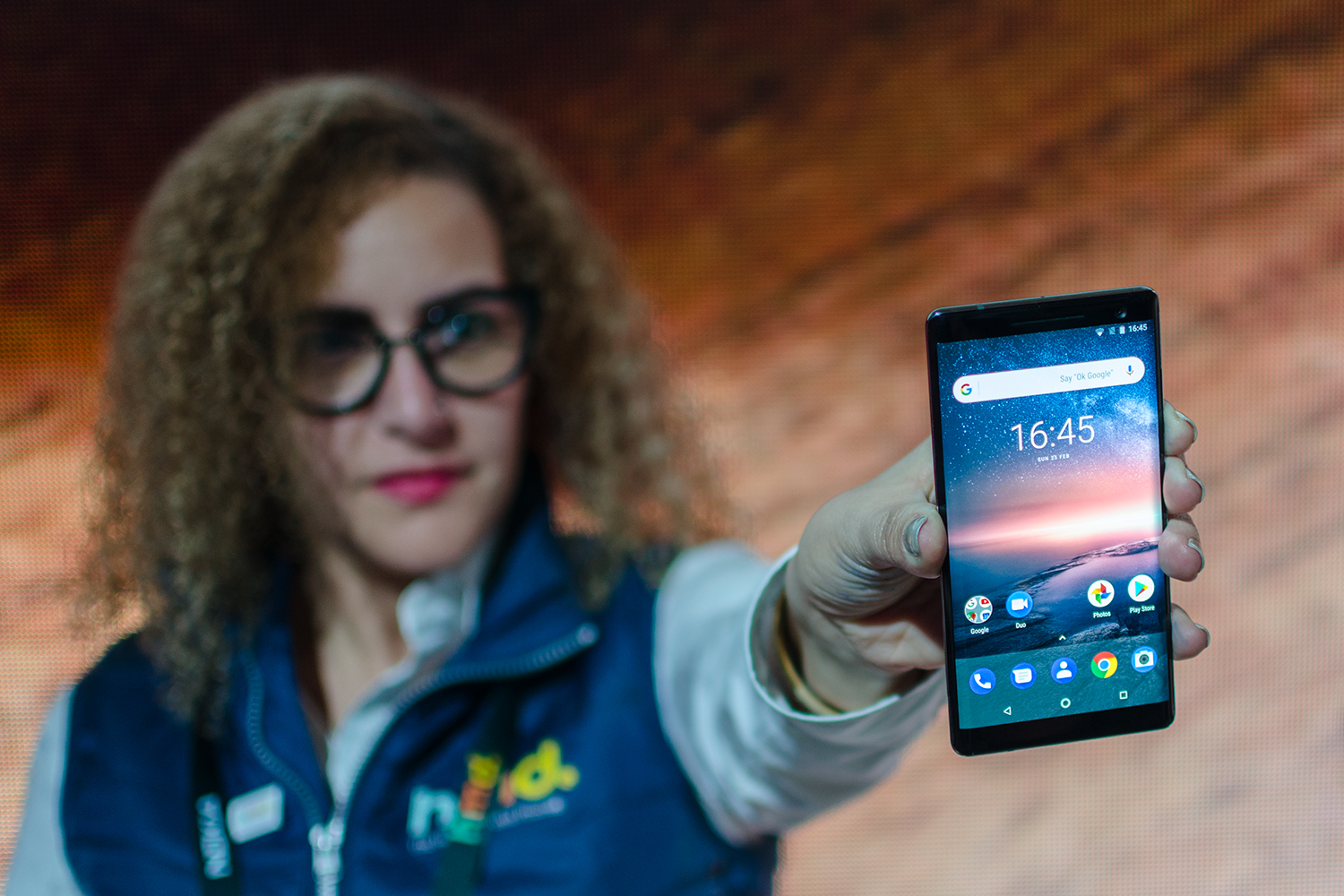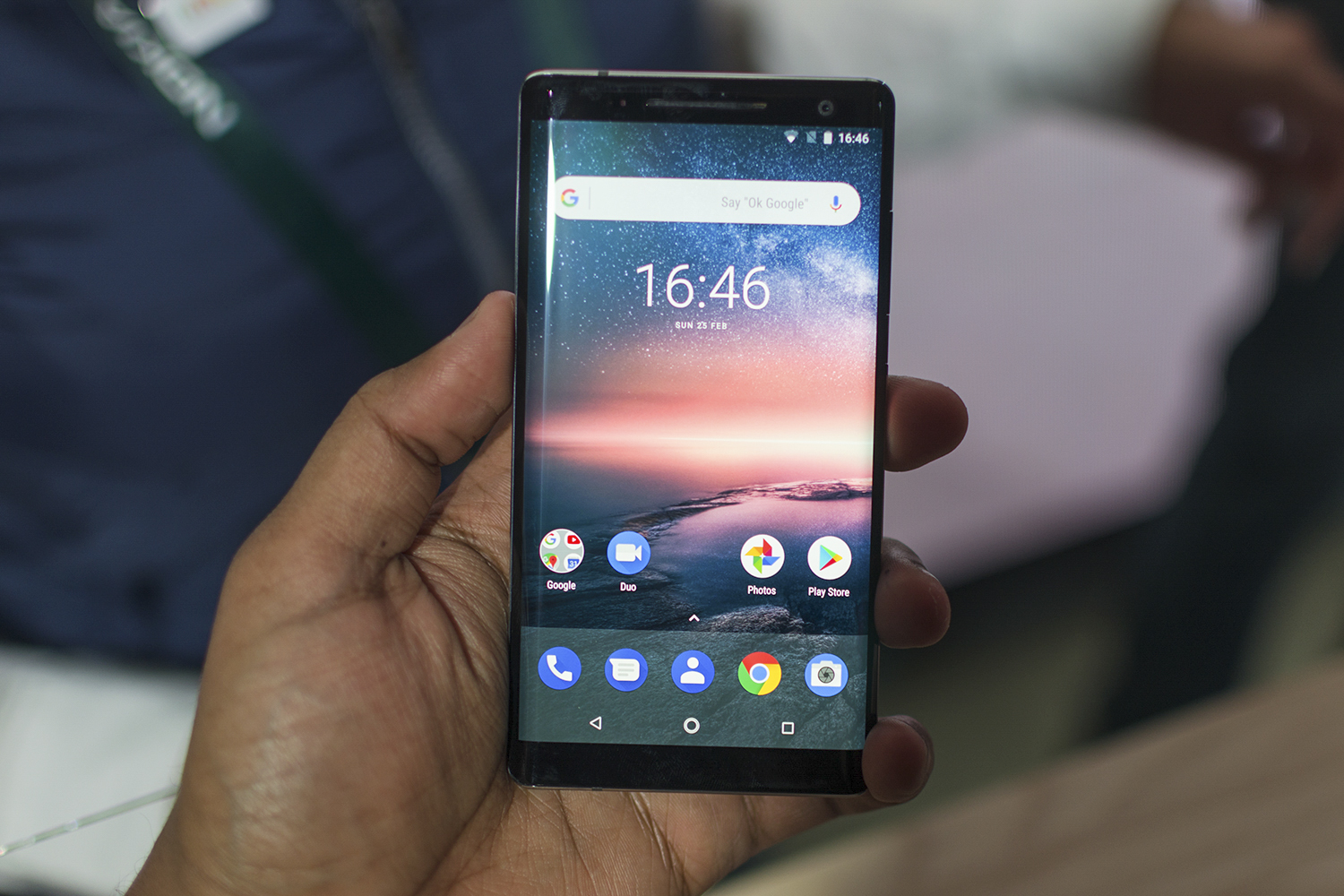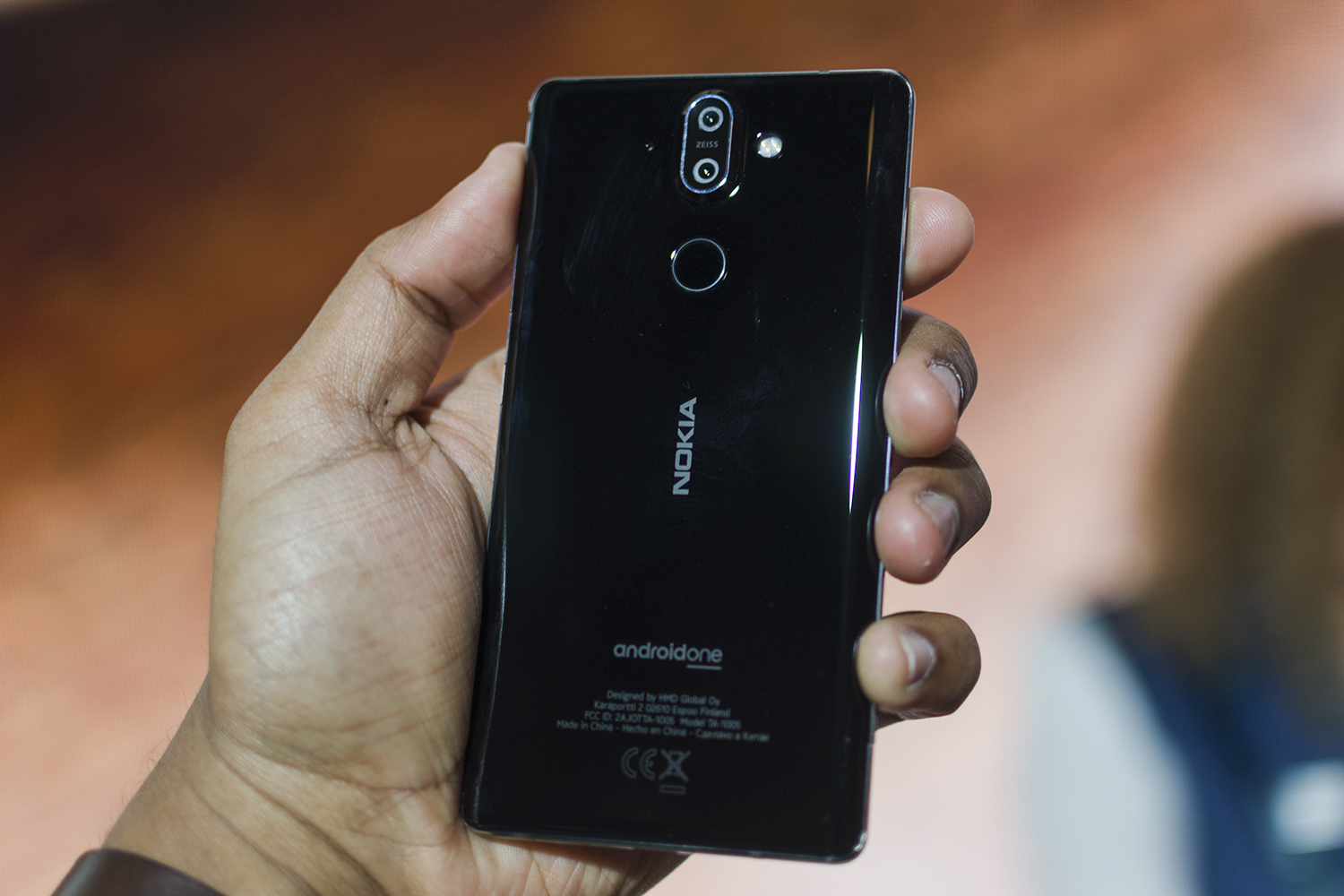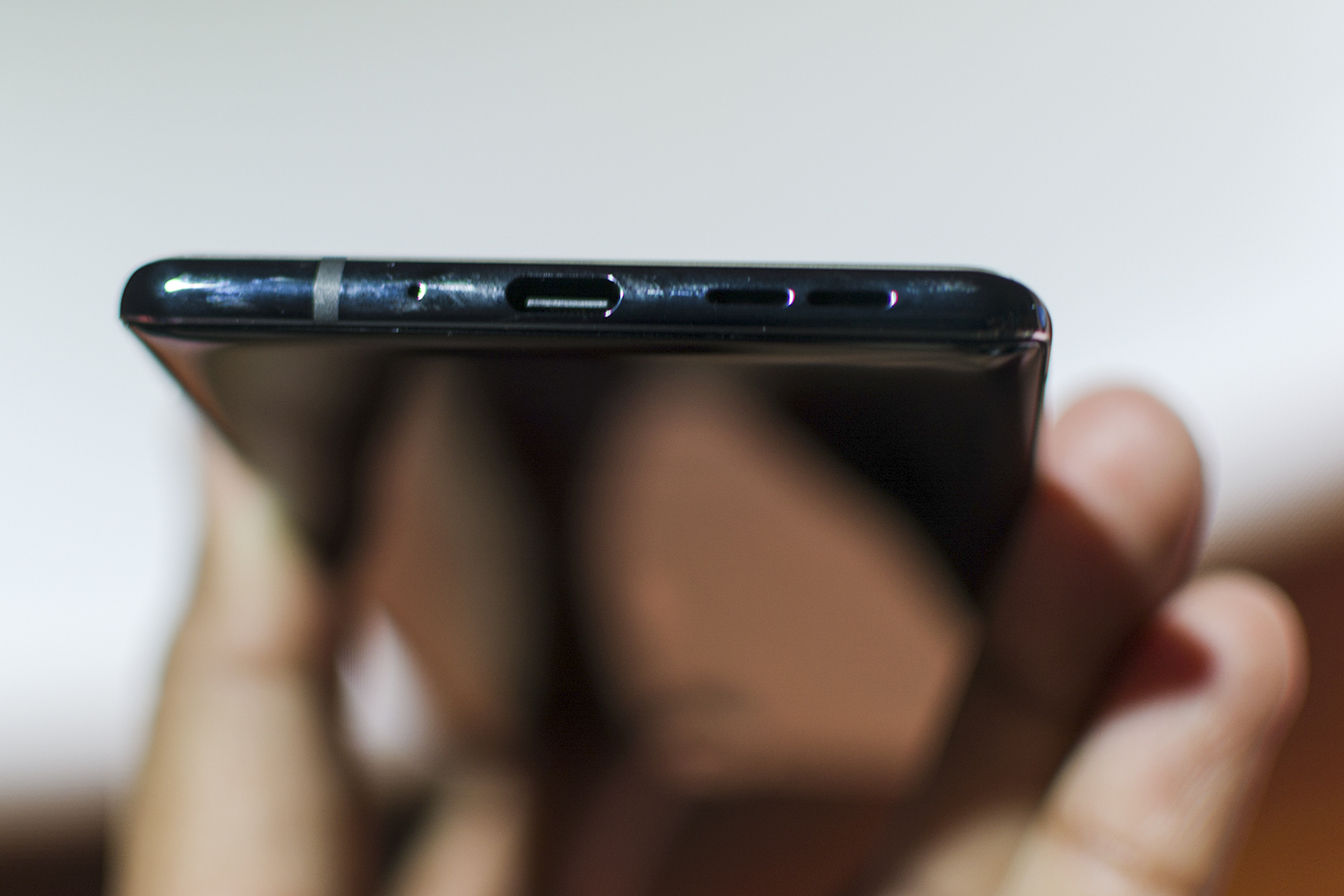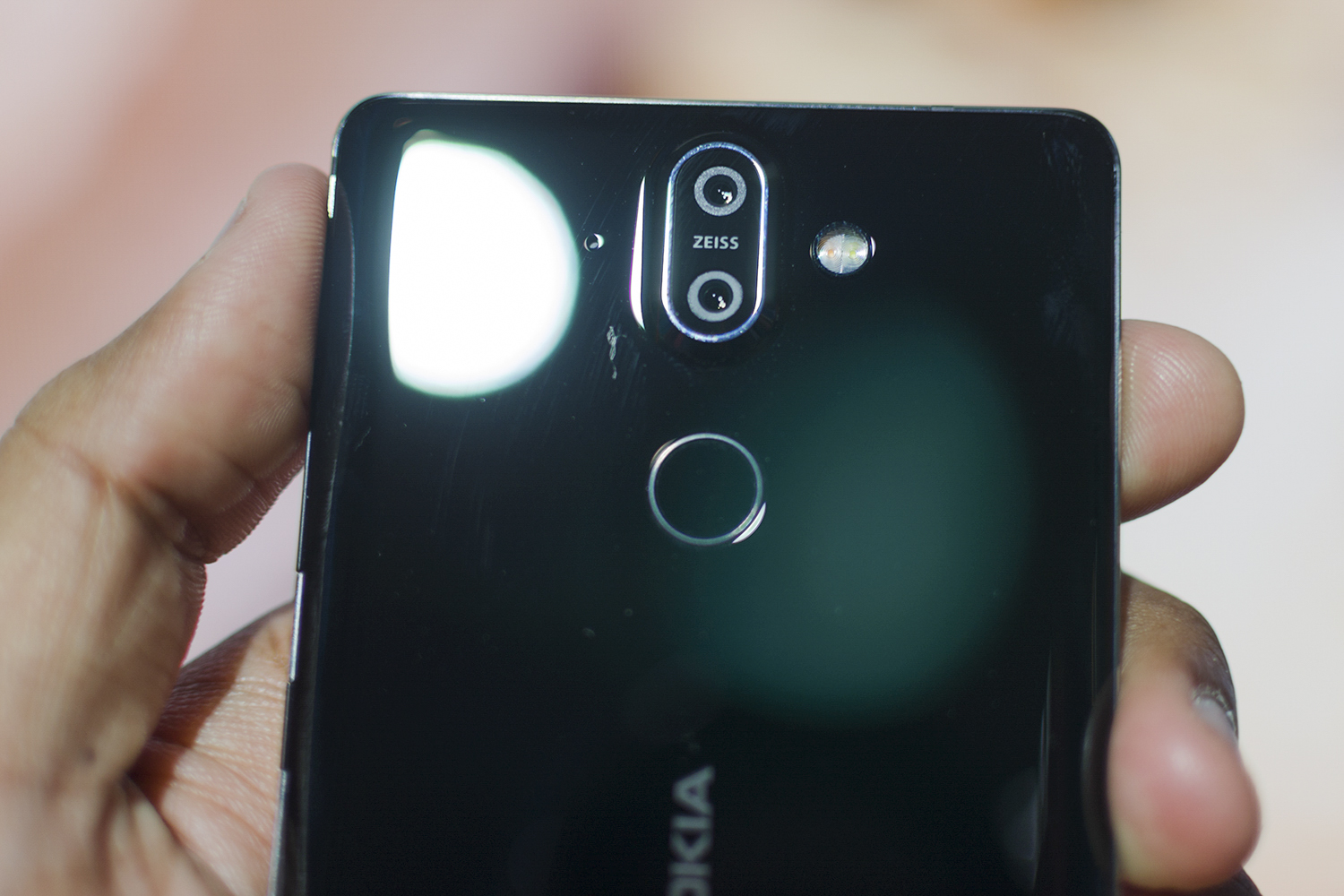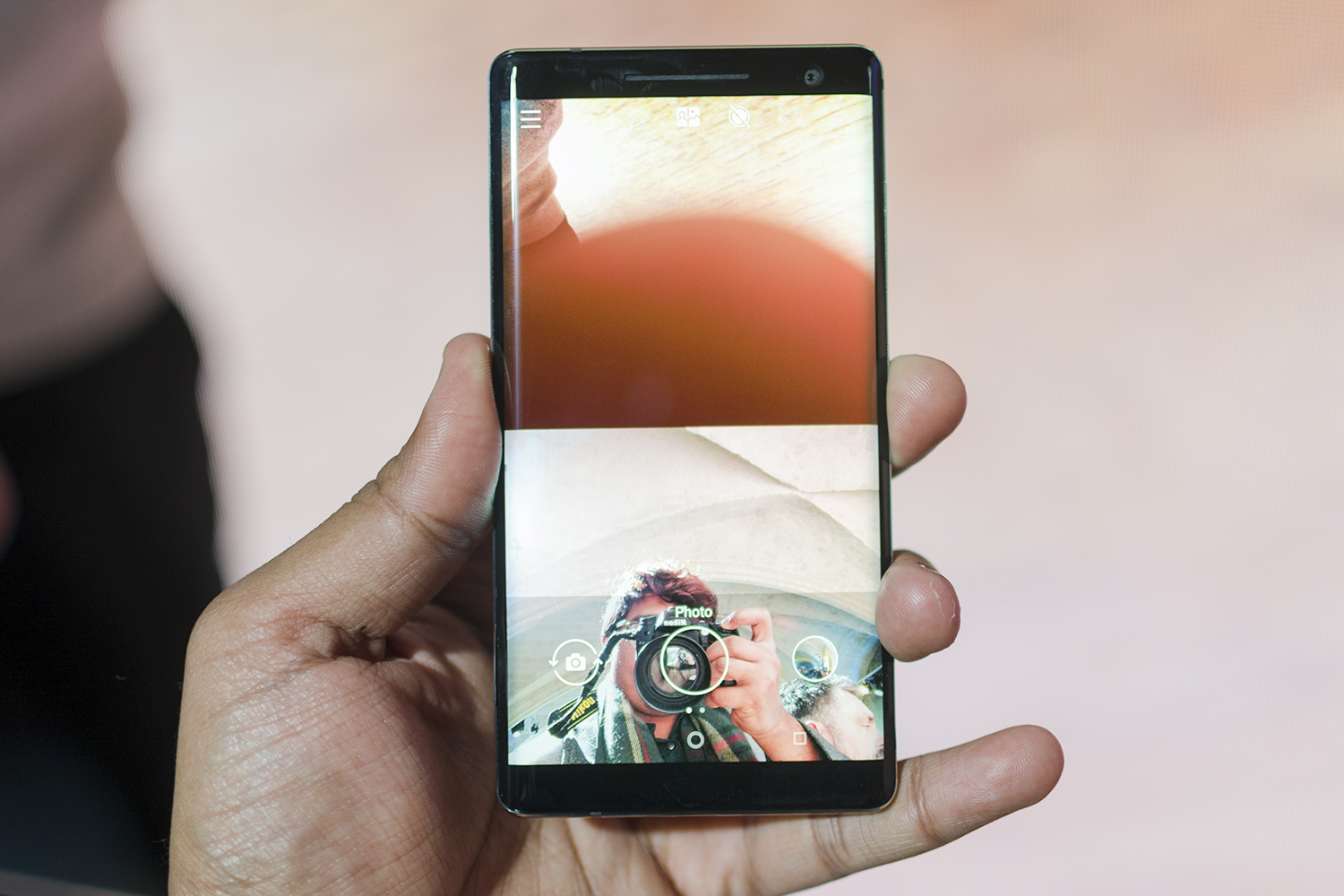HMD Global made a huge splash at Mobile World Congress 2018, launching not one but five new Nokia-branded phones. The Nokia 8 Sirocco was the flagship of the line up, and it attracted plenty of attention due to its gorgeous design and strong specifications.
If you’re unaware, HMD Global holds the branding license to create new mobile phones under the Nokia brand name. It has to follow certain guidelines from Nokia, to make sure the phones are up to standard. Here’s everything you need to know about the Nokia 8 Sirocco.
Price and availability
We’re still waiting to hear if the Nokia 8 Sirocco will get a U.S. release, but in the meantime, the phone has launched in the United Kingdom, and is available to buy from May 16 for 650 British pounds. This converts over to around $880. Stock levels vary between retailers, so if one doesn’t have the phone, another may do.
If you’re quick, you can take advantage of a special offer. Provided it’s purchased through an approved retailer before June 14, everyone who buys a new Nokia 8 Sirocco will get a free Google Home Mini. Grab the phone from Amazon, Carphone Warehouse, John Lewis, or Mobile Phones Direct, and you get a coupon to redeem with Nokia for your free smart speaker.
When the phone was revealed at Mobile World Congress, HMD Global only announced the 750 euro (or about $885) price tag.
Design
The Nokia 8 Sirocco is a departure from the other Nokia phones announced by HMD Global at MWC. A sleek Gorilla Glass 5 case wraps around a stainless steel frame. On the front you’ll find a nearly bezel-less, 5.5-inch P-OLED screen with a 2560 × 1440 pixel resolution, that curves around the edges ever so gracefully. At these edges, the phone is just 2mm thin, but at its thickest it’s 7.5mm.
Flip the phone over and there’s a dual-camera setup with a flash unit sitting top center of the case. The fingerprint sensor falls right below the camera, which should make it easy to locate quickly. Missing, unfortunately, is a 3.5mm headphone jack.
Longtime Nokia devotees may recall the company has used the Sirocco name — which refers to a desert wind or breeze — before, differentiating an expensive special edition Nokia 8800 phone with it around 2006.
Specifications
The Nokia 8 Sirocco looks stunning, and little improvement is needed for the specification either. The Snapdragon 835 processor may be last year’s top chip from Qualcomm, and has been succeeded by the Snapdragon 845; but it’s hardly an old slowcoach. It will provide more than enough power for almost everyone for several years to come, so don’t be put off buying it.
It’s assisted by 6GB of RAM and 128GB of onboard storage, which should be enough for most at least for a while. Be warned there’s no MicroSD slot for additional storage. There’s an ample 3,260mAh battery that supports both quick and wireless charging, and the phone is also IP67 water-resistant.
In terms of cameras on the Nokia 8 Sirocco, there are two lenses on the back of the phone featuring a main 12-megapixel, wide-angle camera, along with a secondary 13-megapixel telephoto lens. Nokia continues its partnership with Zeiss lenses on the Nokia 8 Sirocco. For selfie use, a 5 megapixel, wide-angle camera sits above the screen.
Nokia has added a new Pro Mode where you can make adjustments to the ISO, shutter speed, and other settings to improve the final look of your photos in the camera app. It’s a common feature on most high-end smartphones, but rarely included with camera apps on Android One devices.
Software
Speaking of software, the Nokia 8 Sirocco is part of the Android One lineup, meaning it runs a stock version of Google’s
Updated on May 17: Added in news of the U.K. release and free Google Home Mini offer.
